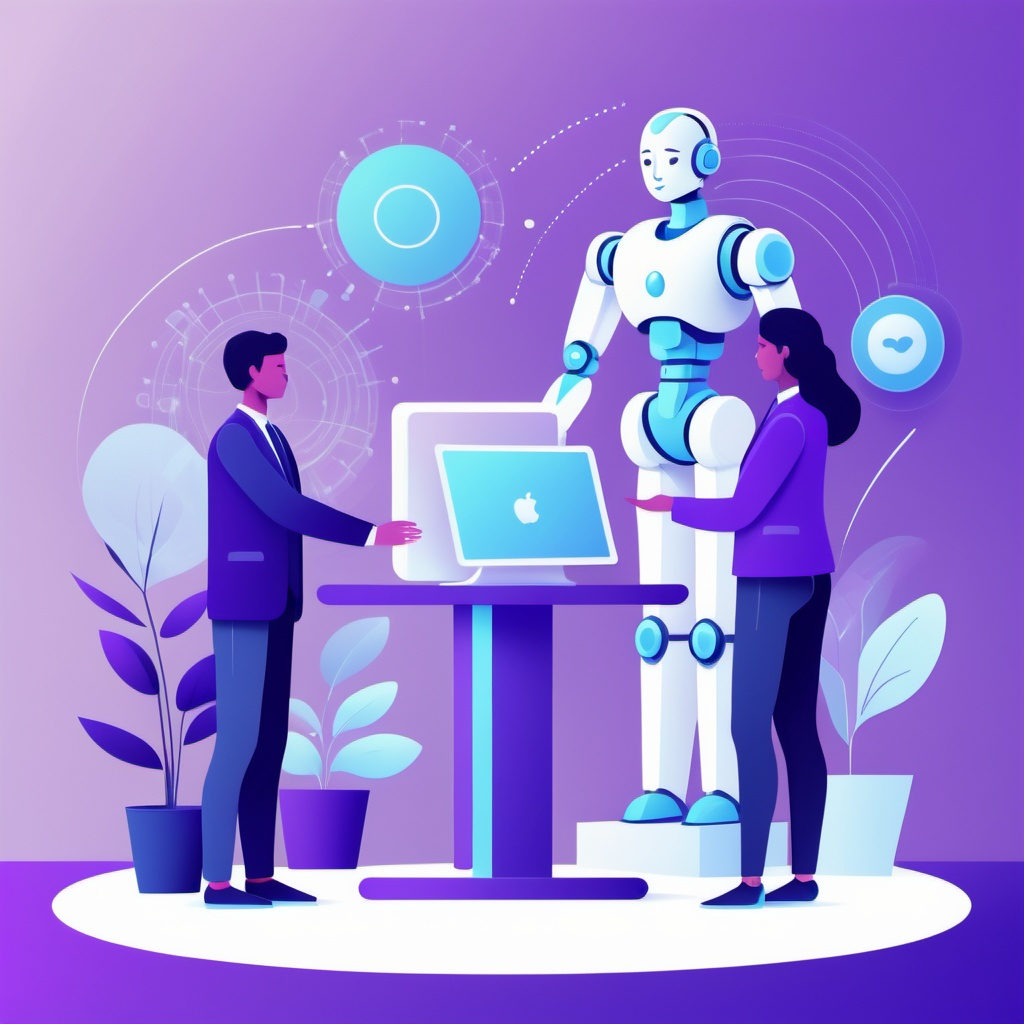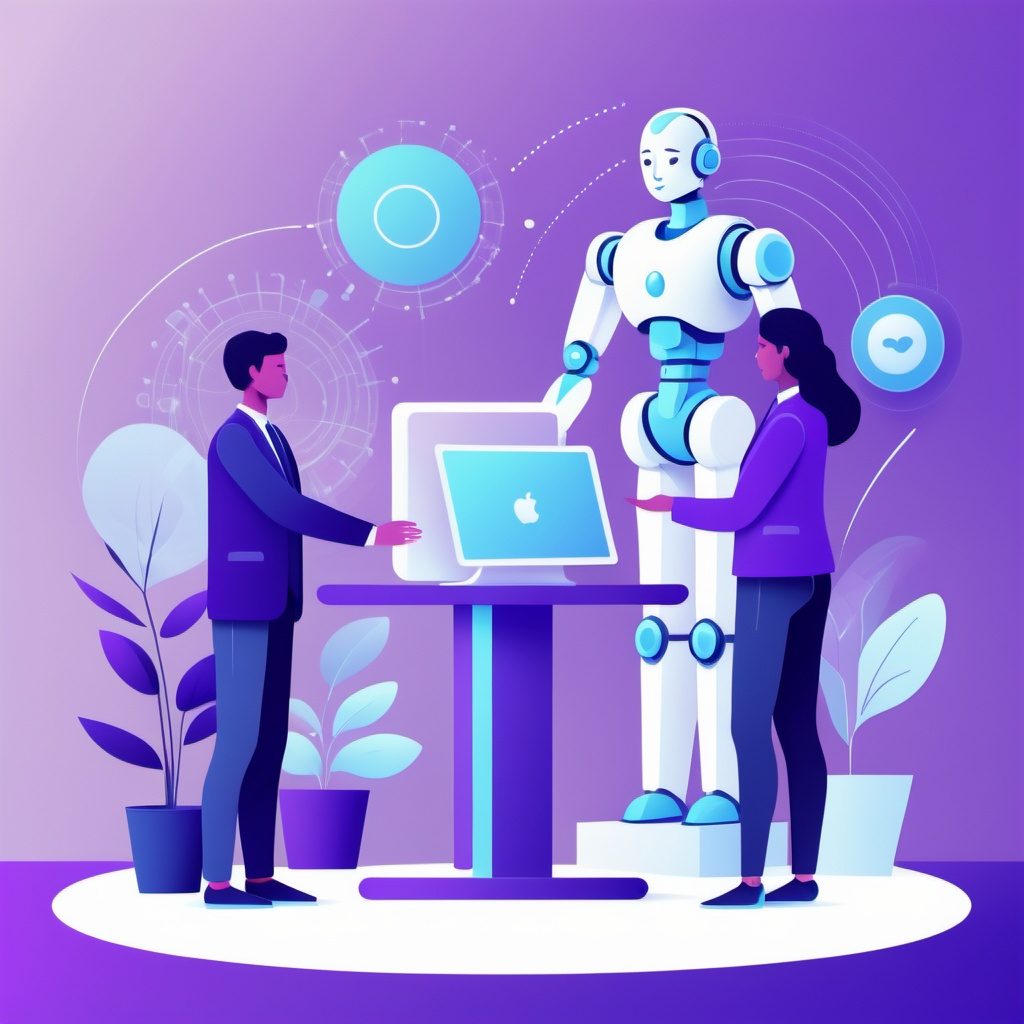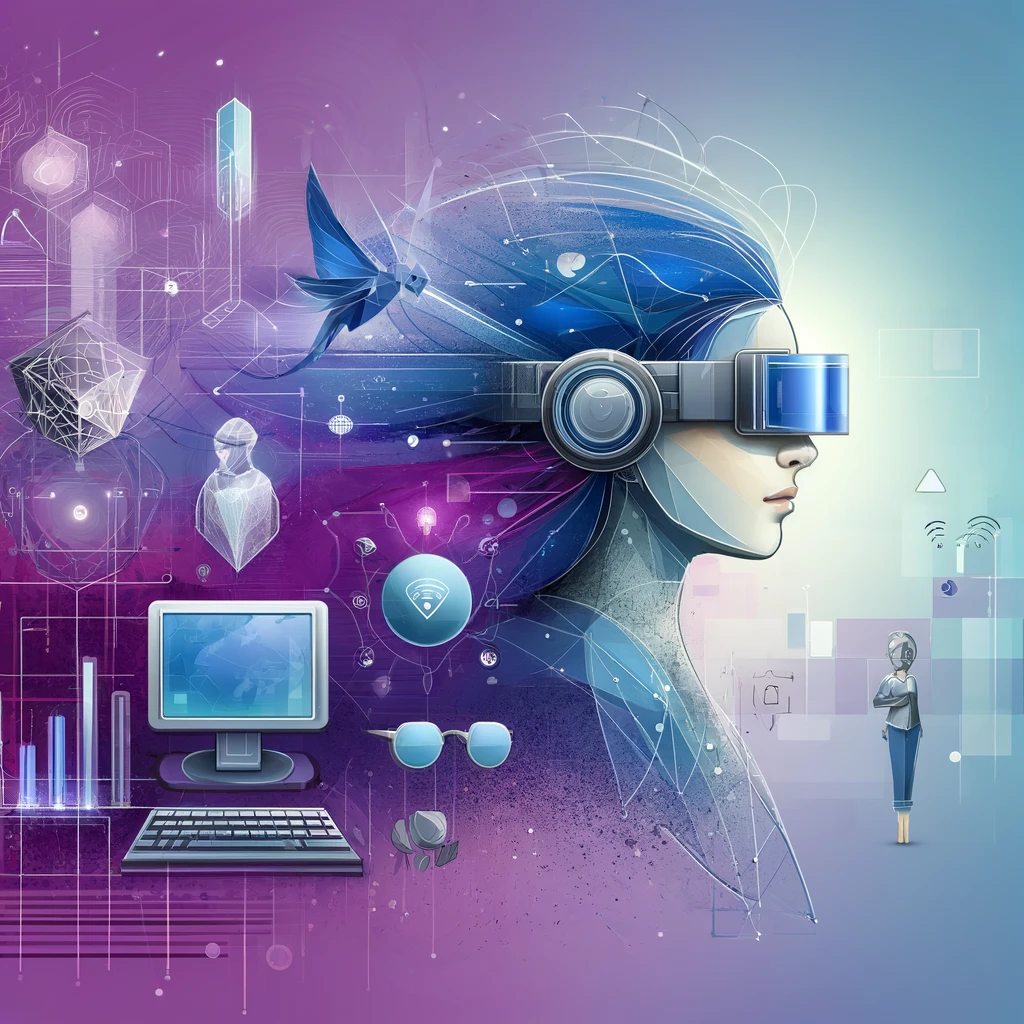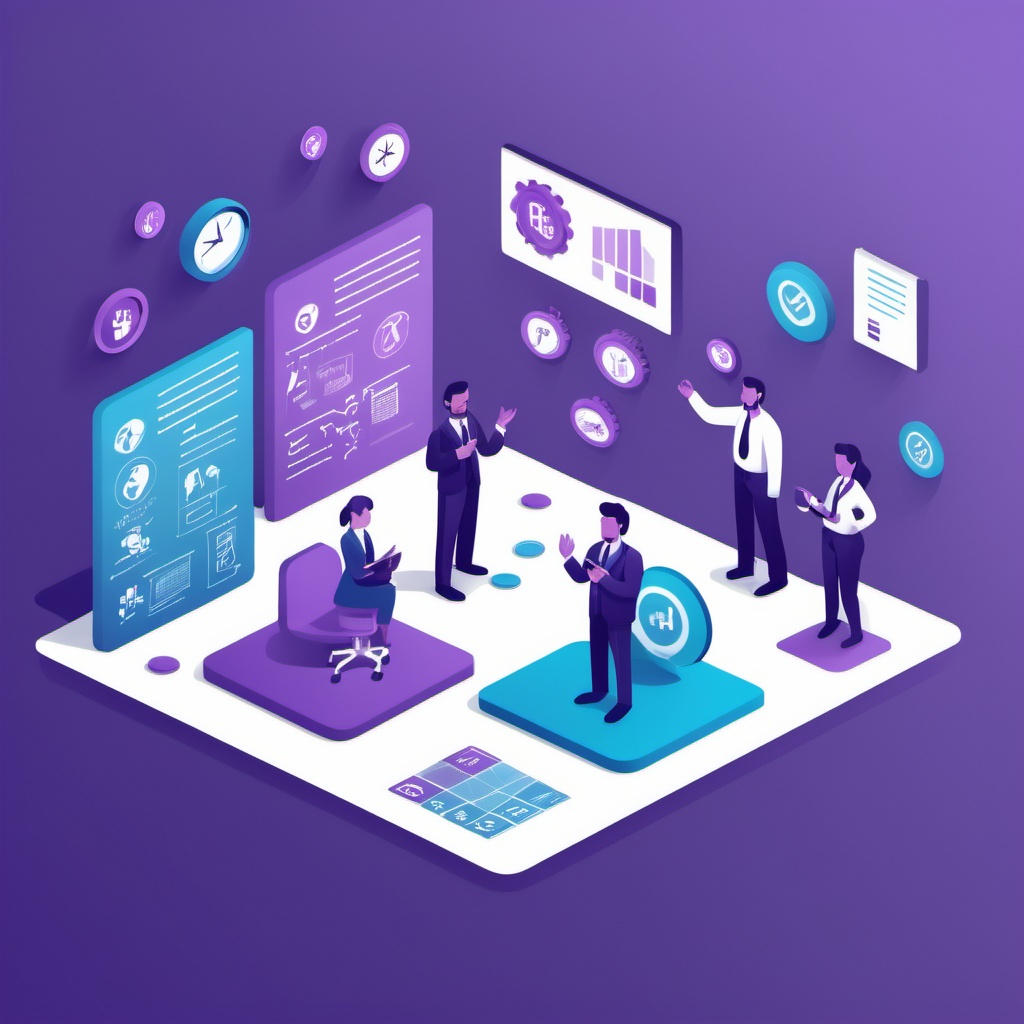AI and the Human Touch: Striking the Right Balance

Striking the right balance between AI and the human touch in employee care is essential for fostering a supportive workplace environment. As organizations increasingly integrate AI into their operations, it becomes crucial to understand how to leverage technology while preserving the emotional and relational aspects of employee engagement.
The Role of AI in Employee Care
AI can significantly enhance various aspects of employee care by automating routine tasks and providing data-driven insights. For example:
Feedback Analysis: AI can aggregate and process employee feedback, identifying trends in engagement metrics. This allows organizations to tailor development pathways for employees based on their specific needs and preferences.
AI tools can manage schedules, track performance objectives, and facilitate communication, freeing up managers to focus on mentoring and fostering a supportive culture. However, while AI excels at handling data-intensive tasks, it lacks the emotional intelligence necessary for meaningful employee interactions. This is where the human touch becomes indispensable.
Importance of Human Interaction
Human managers play a critical role in interpreting AI-generated data within context. They can provide emotional support, address hidden issues, enhance customer service, and foster authentic relationships with employees. This human connection is vital for:
- Empathy in Decision-Making: While AI can offer insights based on data, human judgment is essential for understanding the broader implications of decisions, particularly in sensitive situations.
- Nurturing Workplace Culture: Employees thrive in environments where they feel valued and understood. Human interactions help build trust and collaboration among team members.
Strategies for Balancing AI and Human Touch
To achieve an effective balance between AI and human involvement in employee care, organizations can implement several strategies:
- Personalized Communication: Tailor AI-driven communications to include personal touches, such as addressing employees by name or incorporating empathetic language. This helps humanize interactions and makes employees feel valued.
- Hybrid Recruitment Processes: In hiring, combine AI assessments with human interviews to ensure a comprehensive evaluation of candidates. This approach not only enhances efficiency but also allows for a more nuanced understanding of candidates’ potential fit within the company culture.
- Training Programs: Invest in training that emphasizes soft skills development for employees and managers alike. This ensures that staff are equipped to navigate complex interpersonal situations with empathy and understanding.
- Encouraging Feedback Loops: Create channels for employees to provide feedback on their experiences with both AI systems and human interactions. This will help organizations continuously refine their approaches to employee care.
- Promoting Well-Being Initiatives: Utilize AI to monitor employee well-being through sentiment analysis while ensuring that human managers are available to provide support and address concerns directly.
Conclusion
The integration of AI into employee care processes offers numerous advantages, including increased efficiency and data-driven insights. However, the irreplaceable value of human interaction must not be overlooked. By fostering a collaborative environment where AI amplifies human capabilities rather than replaces them, organizations can create a workplace that not only drives productivity but also nurtures employee satisfaction and well-being.
In summary, achieving a harmonious balance between AI and the human touch is crucial for developing an engaging employee experience that promotes growth, satisfaction, and success within organizations.
References
AI vs. Human Touch: Striking the Balance in Employee Experience.
AI + Human Touch: Winning Combination For Exceptional Customer Service









